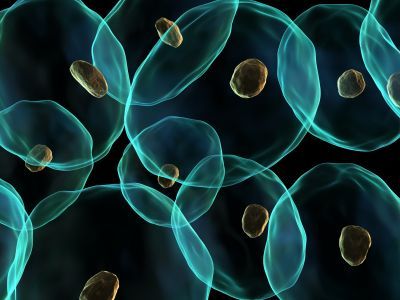Stem cells: 'Huge leap forward,' claim scientists

Bioscientists said on Wednesday they had turned the skin cells of mice into brain cells in less than a week, in a boost for the quest of growing tissue in a lab to replenish damaged or diseased organs.
"We actively and directly induced one cell type to become a completely different cell type," said Marius Wernig, an assistant professor of pathology at the Stanford University School of Medicine in California.
"These are fully functional neurons. They can do all the principal things that neurons in the brain do."
The exploit "is a huge leap forward," added Irving Weissman of the university's Institute for Stem Cell Biology and Regenerative Medicine.
Massive investment has been directed into stem-cell research, driven by hopes that immature, pre-cursor cells can be prompted into becoming specific adult cells for the heart, brain and so on.
One day, they could be coaxed into becoming replacement material for tissue damaged by an accident or by diseases, such as Parkinson's or Alzheimer's, according to this vision.
Until recently, it was thought that only so-called pluripotent stem cells, especially those found in embryos, could give rise to all types of cells in the body.
But embryonic stem cells have triggered controversy, with objections from the Roman Catholic Church, which contends that an embryo is a human life.
In 2007, "induced" pluripotent stem cells, or iPS cells, were created in a move that helped ease moral objections.
These are adult skin cells that are reprogrammed with a basket of genes and bath of proteins back to their pluripotent state, and then prompted into developing into a new cell type.
The new study leapfrogs this intermediary stage, converting mature cells taken from the skin of mice tails into neurons in a lab dish in a single step.
The work, led by grad student Thomas Vierbuchen, uses three genes involved in reprogramming and neutral function, introduced into the cells by "piggybacking" aboard a virus called a lentivirus.
The transformation took less than a week, after which the cells were injected into living mice. Observed over 32 days, the former skin cells looked like brain cells and expressed neural proteins.
Another plus, according to the paper, was the success rate in transforming the skin cells into neurons.
At 20 percent, it was up to 10 times more efficient than conventional iPS techniques, said the study, published online by the British journal Nature.
The next step will be to duplicate the feat on human cells. One benefit could be in fundamental research - in understanding how cells choose and maintain their specialised function.
ri/gk
Join our commenting forum
Join thought-provoking conversations, follow other Independent readers and see their replies
Comments